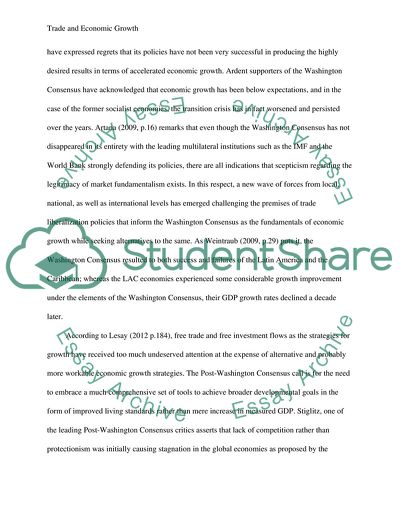Cite this document
(Does trade cause economic growth Term Paper Example | Topics and Well Written Essays - 2750 words, n.d.)
Does trade cause economic growth Term Paper Example | Topics and Well Written Essays - 2750 words. https://studentshare.org/macro-microeconomics/1805905-does-trade-cause-economic-growth
Does trade cause economic growth Term Paper Example | Topics and Well Written Essays - 2750 words. https://studentshare.org/macro-microeconomics/1805905-does-trade-cause-economic-growth
(Does Trade Cause Economic Growth Term Paper Example | Topics and Well Written Essays - 2750 Words)
Does Trade Cause Economic Growth Term Paper Example | Topics and Well Written Essays - 2750 Words. https://studentshare.org/macro-microeconomics/1805905-does-trade-cause-economic-growth.
Does Trade Cause Economic Growth Term Paper Example | Topics and Well Written Essays - 2750 Words. https://studentshare.org/macro-microeconomics/1805905-does-trade-cause-economic-growth.
“Does Trade Cause Economic Growth Term Paper Example | Topics and Well Written Essays - 2750 Words”. https://studentshare.org/macro-microeconomics/1805905-does-trade-cause-economic-growth.


